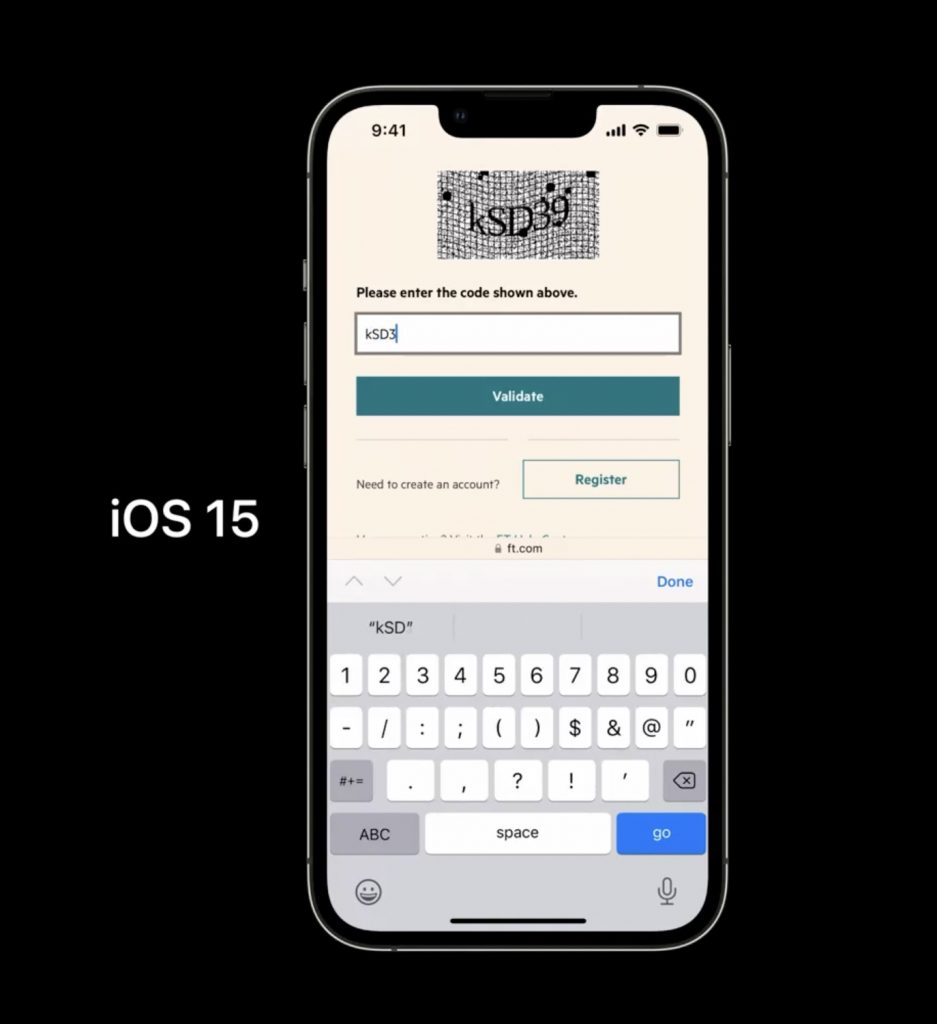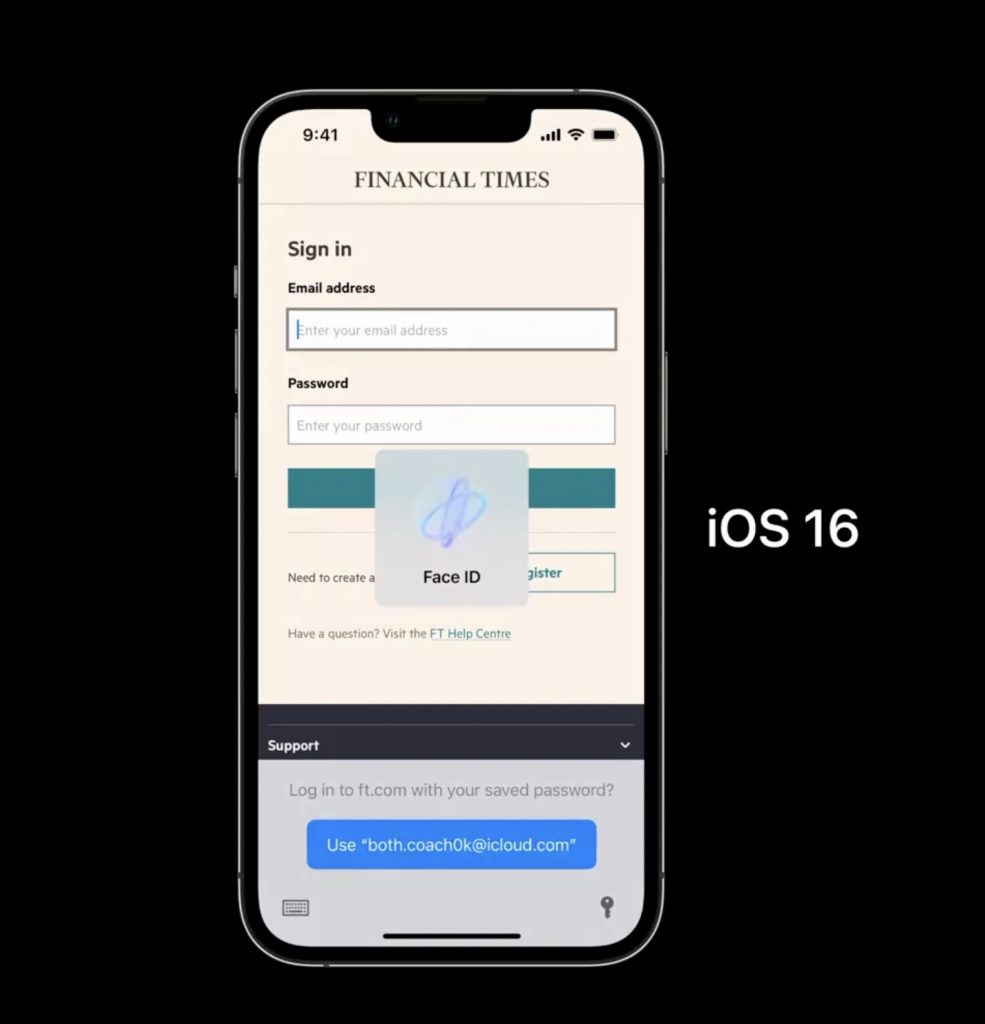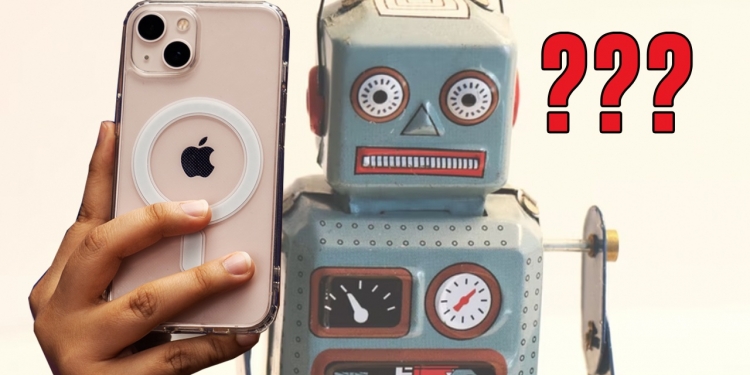It’s been reported that Apple will introduce a feature called Automatic Verification—which let some sites know that you’re not a bot without you needing to prove so through CAPTCHAs. The feature will come with the iOS 16 update, coming later this year.
It’s something I didn’t know either—but CAPTCHA stands for “Completely Automated Public Turing Test To Tell Computers and Humans Apart”. Basically, it’s a type of challenge–response test used by sites to determine whether the user is human. You’ll probably recognise them as tests that ask you to type what word you see from a twisty-looking image.
A huge problem with CAPTCHAs is that, well, we know we aren’t robots. So, it’s a bit hilarious that we’re trying to convince other robots that we aren’t robots. There’s an amusing skit by John Mulaney that explains the absurdity of the situation.


With iOS 16’s Automatic Verification, sites that use content delivery networks Fastly and Cloudflare to defend against spam should be able to take advantage of the system and stop showing you so many CAPTCHAs. The system will offer users a faster sign-in or account creation, with “improved user privacy and accessibility compared to CAPTCHAs” according to Apple.
The feature will be found in the Settings app under Apple ID > Password & Security > Automatic Verification. With it enabled, Apple’s system verifies that the device and Apple ID account are in good standing and presents a “Private Access Token” to the app or website. You’d then be able to sign in or register to some of these sites with Face ID, Touch ID, or your PIN instead of typing out confusing letters and numbers for a CAPTCHA test.
“Private Access Tokens are a powerful alternative that help you identify HTTP requests from legitimate devices and people without compromising their identity or personal information,” said Apple.
As for privacy, Apple insists that your phone or computer isn’t sending out personal data (like your email address or phone number) while your Apple ID is being used as proof that you’re an actual person. And if you’re wondering Android is working on something like this, too, you might be in luck. Google built a similar system into Chrome around two years ago, so it likely won’t be long for them to introduced a similar system later on for Android users.
[ SOURCE, IMAGE SOURCE, 2 ]








